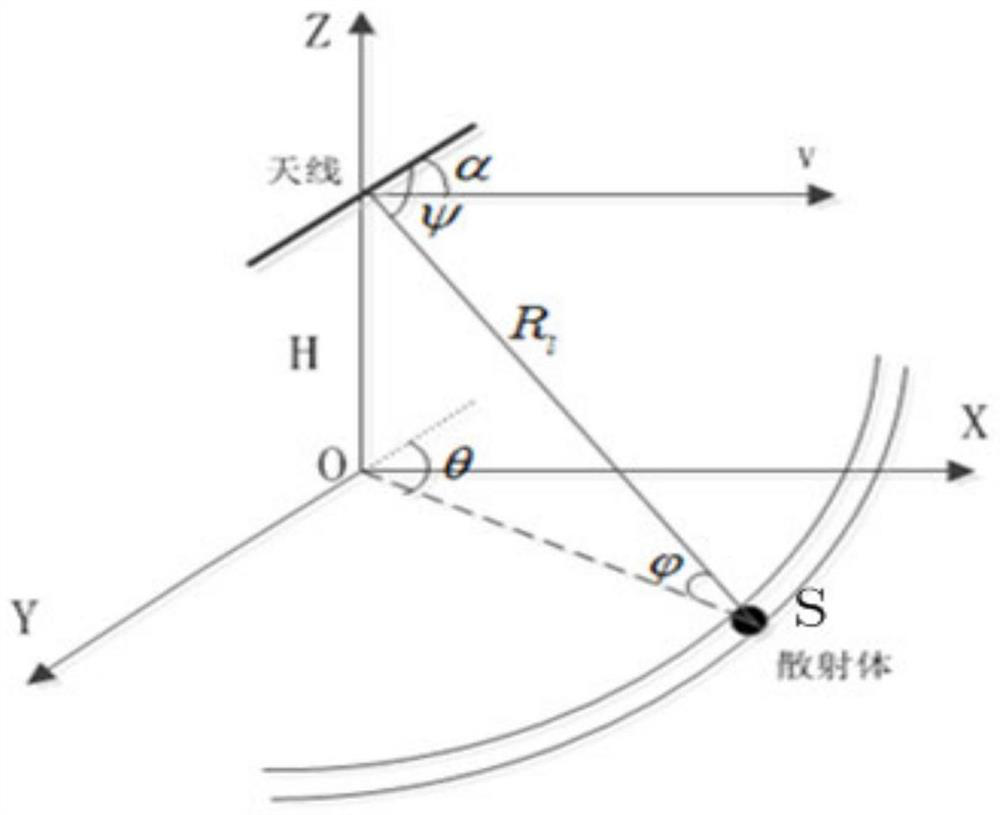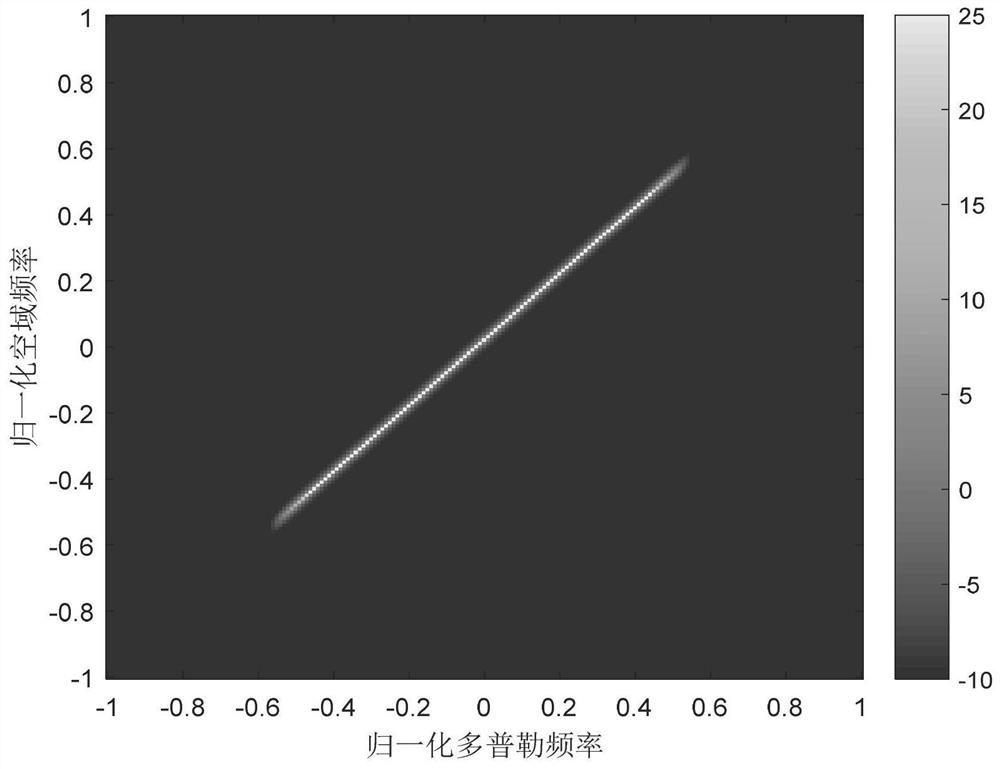Clutter Suppression Method for Airborne Radar Based on Knowledge Aided Maximum Likelihood
An airborne radar, maximum likelihood technology, applied in the field of radar, can solve the problems of unpredictable statistical characteristics of clutter signals, target pollution, STAP clutter suppression performance degradation, etc., to achieve good clutter suppression and moving target detection performance, The effect of high estimation accuracy and high practical value
- Summary
- Abstract
- Description
- Claims
- Application Information
AI Technical Summary
Problems solved by technology
Method used
Image
Examples
Embodiment Construction
[0028] refer to figure 1 , is a flow chart of a method for suppressing airborne radar clutter based on knowledge-assisted maximum likelihood of the present invention; the method for suppressing airborne radar clutter based on knowledge-assisted maximum likelihood comprises the following steps:
[0029] Step 1. Determine the airborne radar. There are clutter scatterers S and targets within the detection range of the airborne radar. wave objects.
[0030] The airborne radar transmits signals and receives radar echo data, the radar echo data contains N max The radar echo data of the range gates are sequentially recorded as the radar echo data of the first range gate, the radar echo data of the second range gate, ..., the Nth max The radar echo data of each range gate, the radar echo data of each range gate is the radar echo data received after the airborne radar transmits M pulses.
[0031] refer to figure 2 , is the geometric configuration diagram of the airborne radar; the...
PUM
 Login to View More
Login to View More Abstract
Description
Claims
Application Information
 Login to View More
Login to View More - R&D
- Intellectual Property
- Life Sciences
- Materials
- Tech Scout
- Unparalleled Data Quality
- Higher Quality Content
- 60% Fewer Hallucinations
Browse by: Latest US Patents, China's latest patents, Technical Efficacy Thesaurus, Application Domain, Technology Topic, Popular Technical Reports.
© 2025 PatSnap. All rights reserved.Legal|Privacy policy|Modern Slavery Act Transparency Statement|Sitemap|About US| Contact US: help@patsnap.com



